Keeping your bidet clean is essential for maintaining proper hygiene and ensuring its longevity. Regular cleaning not only eliminates bacteria and mineral buildup but also helps the bidet function efficiently. With just a few simple steps and household cleaning supplies, you can keep your bidet spotless and in great condition. Understanding how to clean a bidet can help in maintaining it properly and troubleshooting common issues that may arise over time.
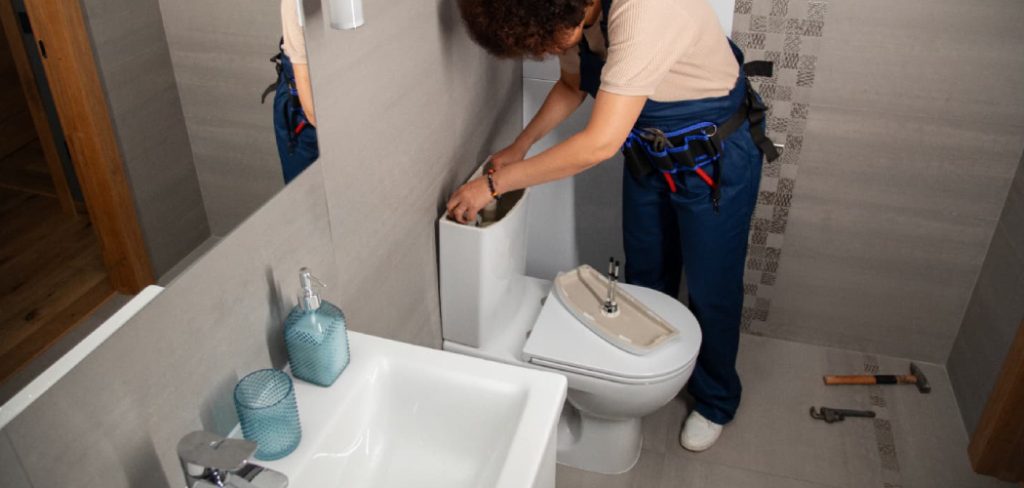
Types of Bidets and Their Cleaning Needs
There are several types of bidets, each with unique features and cleaning requirements. Understanding the differences can help you tailor your cleaning routine accordingly:
1. Standalone Bidets
Standalone bidets are separate fixtures traditionally found in bathrooms alongside toilets. These bidets require regular cleaning of both the basin and the nozzle to ensure hygiene. Use a mild bathroom cleaner and a soft cloth to clean the ceramic surface, and pay extra attention to the nozzle area by using a soft brush or toothbrush to remove residue.
2. Bidet Toilet Seats
Bidet toilet seats are attachments that replace standard toilet seats. They often come with built-in nozzles and advanced features like heated seats or air drying. To clean, wipe the seat with a damp cloth and mild soap, and clean the nozzles using the manufacturer’s recommended instructions. Many models have a self-cleaning nozzle feature, but occasional manual cleaning can further maintain cleanliness.
3. Handheld Bidet Sprayers
Handheld bidet sprayers, or bidet showerheads, are compact and versatile. Regularly wiping the sprayer head with a disinfectant and ensuring no water is left stagnant inside the hose will prevent bacteria buildup. Additionally, the area where the sprayer is mounted should also be cleaned to avoid grime accumulation.
4. Travel Bidets
Travel bidets are portable and typically come in bottle or electric sprayer form. Cleaning these is straightforward — rinse them daily with warm, soapy water, and ensure they are thoroughly dried before storing to prevent mold or mildew growth.
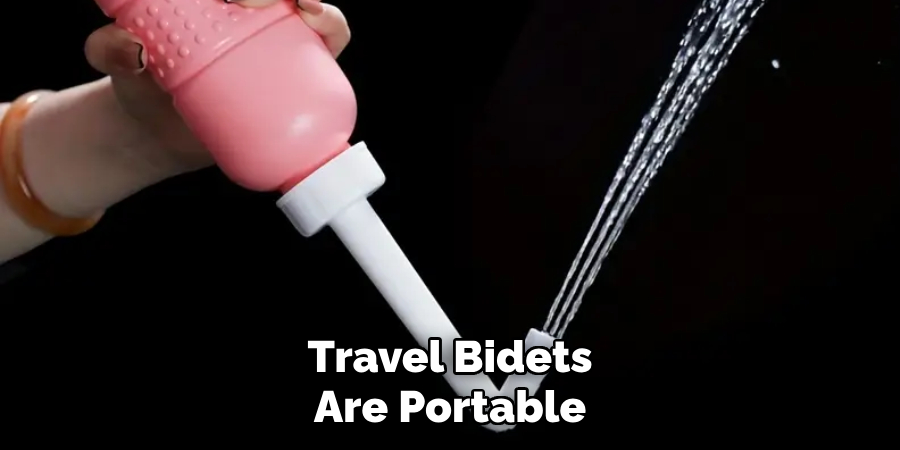
Tools and Cleaning Supplies You’ll Need
To keep your bidet in excellent condition, it’s important to have the right tools and cleaning supplies on hand. Here are some essentials you’ll need for effective maintenance:
- Mild Dish Soap: Non-abrasive soap is perfect for removing dirt and grime without damaging the bidet components.
- Soft Cleaning Cloths: Use microfiber or other soft cloths to gently wipe surfaces without scratching.
- Disinfectant Spray: A gentle, non-bleach disinfectant will help kill germs and bacteria.
- Brush With Soft Bristles: Ideal for cleaning hard-to-reach areas like nozzles without causing harm.
- Rubber Gloves: Protect your hands during cleaning, especially when using disinfectants.
- Compressed Air (Optional): Useful for removing moisture or debris from small crevices, particularly in electric models.
Having these tools readily available will simplify your cleaning routine and help you maintain a hygienic and properly functioning bidet.
10 Methods How to Clean a Bidet
1. Regular Wiping with Mild Soap and Water
One of the simplest and most effective methods to clean your bidet is to regularly wipe it down with mild soap and warm water. This routine maintenance helps prevent the buildup of soap scum, mineral deposits, and bacteria.
Start by preparing a soft cloth or sponge and a bowl of warm, soapy water. Dampen the cloth and gently wipe down the bidet bowl, seat, and nozzle area. Pay special attention to areas where water splashes frequently. Avoid using harsh chemicals, as they can damage the finish and components. Rinse with a clean, damp cloth and dry with a soft towel.
By performing this basic cleaning every few days, you can maintain a fresh and hygienic bidet without allowing grime to accumulate.
2. Cleaning the Nozzle with a Vinegar Solution
The nozzle is one of the most critical parts of the bidet, as it directly contacts water during use. Cleaning it regularly prevents bacterial buildup and keeps the water flow efficient.
Mix equal parts of white vinegar and warm water in a small container. If your bidet has a nozzle-cleaning function, activate it to extend the nozzle for easy access. Dip a toothbrush into the vinegar solution and gently scrub the nozzle, paying close attention to the spray holes. Rinse thoroughly by running the nozzle-cleaning function again.
Vinegar effectively dissolves mineral deposits and disinfects the surface, ensuring the nozzle remains sanitary and functional.
3. Disinfecting with Hydrogen Peroxide
Hydrogen peroxide is an excellent disinfectant that effectively kills germs without leaving harmful residues. Use it periodically to deep-clean your bidet, especially the nozzle and spray area.
Pour a small amount of hydrogen peroxide into a spray bottle and lightly mist the nozzle and surrounding area. Allow it to sit for about 10 minutes to break down bacteria and grime. Use a soft cloth to wipe the area, ensuring no residue is left behind. Rinse thoroughly with water afterward.
This method is particularly useful if multiple people use the bidet, as it enhances hygiene and reduces cross-contamination.
4. Cleaning with a Baking Soda Paste
For stubborn stains and mineral buildup, a baking soda paste can work wonders. Baking soda is mildly abrasive and helps lift deposits without scratching the surface.
Mix baking soda with a small amount of water to form a thick paste. Apply it to areas where stains or residue are visible, such as around the nozzle or the rim of the bowl. Let it sit for 15–20 minutes before scrubbing with a soft-bristle brush. Rinse thoroughly with warm water.
Baking soda not only cleans but also neutralizes odors, leaving your bidet fresh and spotless.
5. Using a Gentle Disinfectant Spray
Commercial bathroom disinfectant sprays are formulated to kill bacteria and viruses without damaging surfaces. Choose a product that is safe for use on ceramic and plastic components.
Spray the entire bidet surface, including the seat, bowl, and nozzle area. Let it sit for the recommended time (usually 5–10 minutes) before wiping with a clean cloth. Rinse with water to remove any chemical residue.
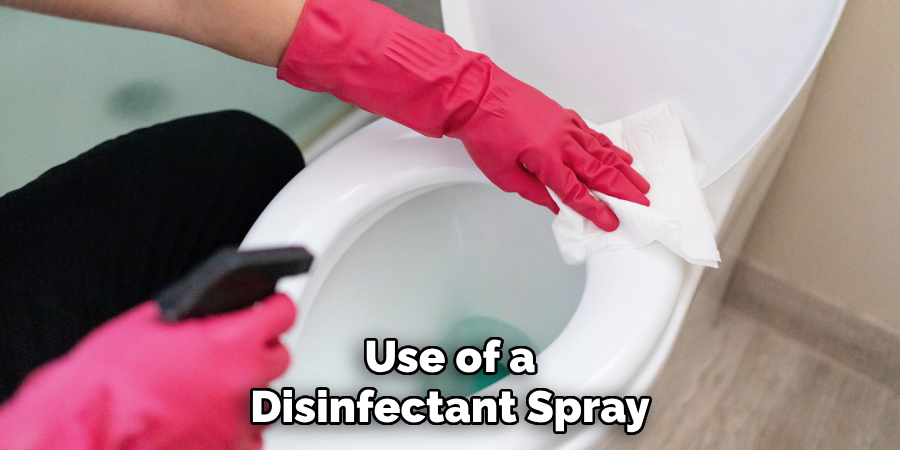
Regular use of a disinfectant spray helps maintain a hygienic environment, particularly in shared bathrooms.
6. Deep Cleaning with Bleach (Occasionally)
While bleach is a powerful disinfectant, it should be used sparingly to avoid damaging the bidet’s components. Reserve this method for deep cleaning when the fixture has not been maintained for a while.
Dilute one part bleach with ten parts water and pour the solution into a spray bottle. Mist the interior and exterior surfaces lightly. Allow it to sit for a few minutes, then scrub gently with a non-abrasive brush. Rinse thoroughly with plenty of water.
Using bleach occasionally ensures thorough sanitation but should not be a daily practice due to its harshness.
7. Automatic Self-Cleaning Function
Many modern bidets come equipped with a self-cleaning nozzle feature. This function automatically rinses the nozzle before and after use, reducing the need for manual cleaning.
Check your bidet’s manual to understand how to activate this feature. Typically, pressing a designated button will extend the nozzle and spray water through the jets. Make sure to supplement this feature with periodic manual cleaning to remove stubborn deposits.
Automatic cleaning enhances convenience and reduces maintenance but does not eliminate the need for deeper cleaning.
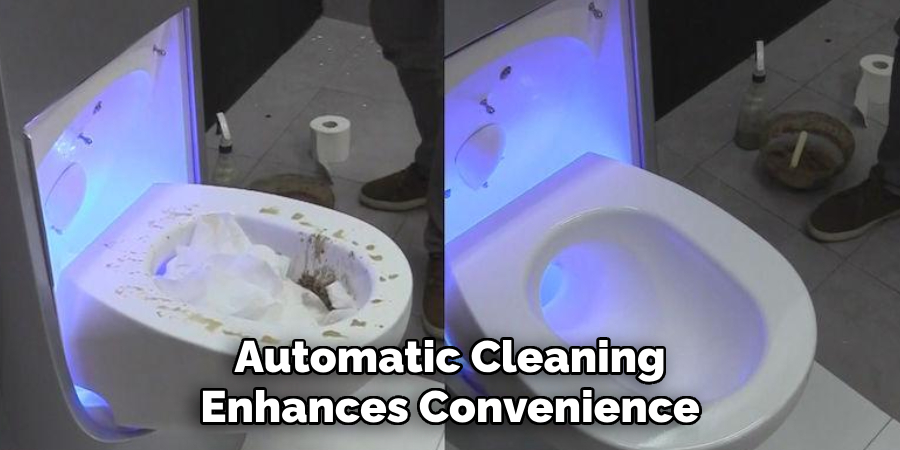
8. Cleaning the Seat and Lid with Disinfectant Wipes
Bidet seats and lids are prone to bacterial contamination since they are frequently touched. Using disinfectant wipes is a quick and efficient way to clean these surfaces.
Choose alcohol-based or antibacterial wipes that are safe for plastic and vinyl. Wipe down the seat, lid, control panel, and any buttons. Allow the surfaces to air dry for a few minutes.
Regularly wiping the seat and lid after each use can significantly reduce bacteria and keep the bidet looking pristine.
9. Descaling the Bidet with a Citric Acid Solution
Hard water can cause calcium and lime buildup inside the nozzle and water lines, affecting performance. Citric acid is an effective descaling agent that can clear these mineral deposits.
Dissolve a tablespoon of citric acid in a cup of warm water. Pour the solution into the nozzle cleaning reservoir if your bidet has one, or apply it directly using a syringe. Let it sit for about 20 minutes before rinsing thoroughly.
This method prolongs the lifespan of your bidet by keeping the water lines clear and maintaining consistent pressure.
10. Cleaning Integrated Electronic Components
If your bidet has electronic controls or a heated seat, it’s essential to clean these components with care to avoid damage. Use a slightly damp microfiber cloth to wipe the control panel and seat heater.
For stubborn smudges or dirt, use a mild, electronics-safe cleaning solution. Avoid spraying liquid directly onto electronic parts, as moisture can short-circuit components.
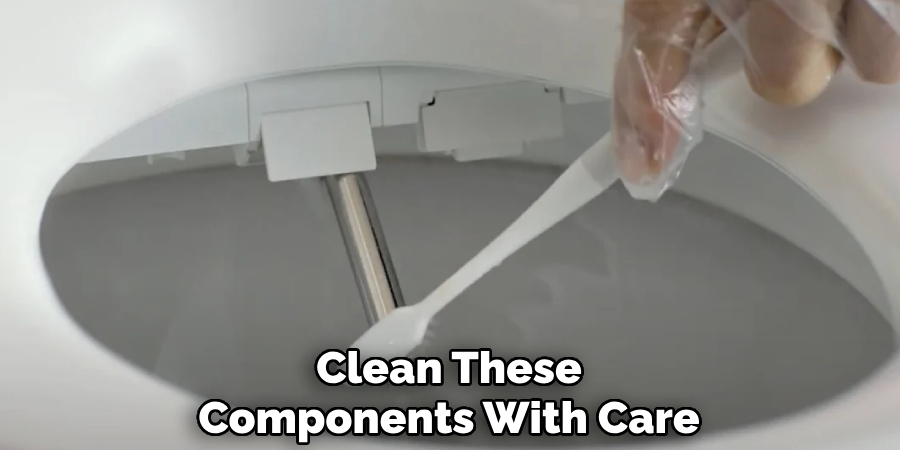
Maintaining the electronic parts not only preserves functionality but also enhances safety by preventing electrical malfunctions.
Conclusion
Cleaning your bidet regularly and properly is essential to ensure hygiene, functionality, and longevity. Each method described above addresses specific cleaning needs, from daily maintenance with soap and water to periodic deep cleaning with hydrogen peroxide or bleach. The key to maintaining your bidet lies in choosing appropriate cleaning agents and methods, depending on the type and frequency of use. So, there you have it – a quick and easy guide on how to clean a bidet.